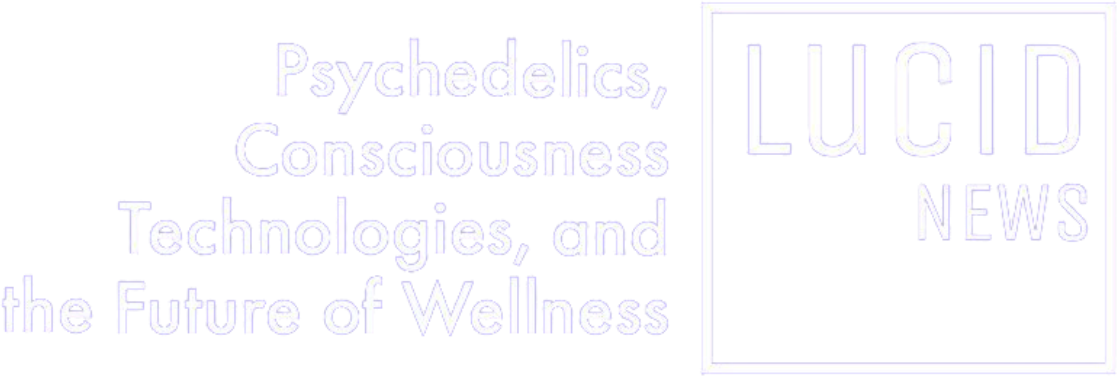How Poetry Supports Psychedelic-Assisted Therapy

Creativity has long been a bedfellow of psychedelic experience. Artists from Pablo Amaringo to Mary Barnard, Alejandro Jodorowsky, and the Beatles have shared psychedelic journeys through their works.
However, the psychedelic experience is also notoriously hard to pin down, leaving even the most creative and eloquent speechless. By intentionally bringing creativity into the exploration of non-ordinary states of consciousness, people can make profound and meaningful connections. Some facilitators and trainers are creating new frameworks to help therapists and the people they serve use art alongside the experience of psychedelics, from dosing to integration and beyond.
To understand how creativity can support psychedelic-assisted therapy, we talked with Jayne Gumpel, LCSW, and Julia King, MD, the faculty behind Fluence’s Poetry, Symbols, and Story in Psychedelic Therapy, a 12-week virtual course that focuses on poetry, symbolism, story, and creative writing as tools for psychedelic-assisted therapy. Both Gumpel and King are MAPS-trained MDMA assisted therapists. Gumpel actively practices ketamine-assisted psychotherapy with individuals and couples. King, who lives in Geneva, Switzerland, administers psychedelic-assisted therapy legally in her private practice.
Mental health professionals familiar with the term “art therapy” will find its definition expanded in courses like Fluence’s, where students spend much of their time producing and sharing their own creative works, using “creativity to create safety in connection,” as Gumpel explains.
For King, applying creative practice to psychedelic therapy or a psychedelic experience allows people to bridge their expression to mystical experiences, which are defined as both drivers of meaning-making and, perhaps contradictorily, ineffable.
“This goes beyond art therapy to the very etymology of the word poetry, poiesis, which means ‘to make’” says King. “It’s a verb. And in psychedelic-assisted therapy we are trying to make meaning and address the ineffable.
Poiesis is a perfect tool for navigating the state of being dumbstruck, which is “something that happens in every extreme experience,” continues King. “You fall in love, how can you put that into words? Thankfully we have Pablo Neruda. Poetry comes to the rescue. You’re in grief and someone reads W.H. Auden’s ‘Stop All the Clocks’ or Mary Oliver. Any major experience starts with a shock; something you can’t compute. Poets are masters at putting that into words.”
Mental health professionals who bring creativity into their practice will have access to “essential tools,” King adds. “Our classic psychotherapeutic models that go through words sometimes hit roadblocks. Creativity can get around those roadblocks.”
The course is “tailored to apply to every stage of psychedelic assisted therapy, from the first initial rapport and alliance building consultations, to the actual preparatory sessions – and all the way through to dosing and the all-important integration period, where true meaning making and applicable changes are found,” says King.
No experience in writing or art is necessary for people interested in integrating creativity into their therapy, stresses King. Courses like Fluence’s offer space for therapists to “come out of our comfort zone,” she shares. “That’s an insight into what our patients and clients are feeling when they come and sit on our couch.”
The course is built around central pillars (body-mind-spirit-relationships and nature) and pitfalls (such as spiritual bypassing, shadow work, and crises of trust and of exclusion). Each class opens with a short meditative practice. Then students explore the day’s theme, reading several poems on the theme and exploring it further through an accessible writing prompt. They also sometimes make visual pieces, including mandalas, a practice King says is “profoundly healing,” and that they can then teach clients during or after a psychedelic journey.
Creativity, she notes, has vital applications for therapists. “Every class has at least three lessons students can take home,” says King. “We ask them to go home and apply the lesson with their patients, in groups, with friends, by themselves, and then we ask them to come back and tell us how it went. The class is incredibly experiential that way.”
Gumpel developed a feedback technique that ensures students feel comfortable creating and sharing their art. After a student shares their work, course participants reflect on what they feel in their bodies, what worked, what they’d like more or less of, and a growth gift.
Gumpel explains that this model counters previous feedback that might have been harmful to the person and their creative practice. “Many people are traumatized in supervision and in feedback, and we are only interested in doing no harm,” she says. “Reality is subjective and your experience belongs to you. How you share it makes all the difference in the way it is received.” She explains that the prompt “‘What I feel in my body’ points people to their somatic experience. It’s helpful to notice that and a learning opportunity for the person sharing and the person receiving.”
Visits from therapists, artists, and leaders in the psychedelic space bring additional perspectives and diversity to the course. Guests this year include Taiko drummer PJ Hirabayashi, Dr. Jorge Armesto (founder of the Center for Mindful Self-Compassion), and Fluence Trainer Victor Cabral, who will support a session on storytelling. A session will also be hosted live from the 2023 Psychedelic Science conference, taking place in Denver, Colorado from June 19-June 23.
“I think we really want to emphasize how poetry, symbol, and story serve every stage of this process in our modern-day consulting offices, much as these tools have served in ancestral and Indigenous settings,” says King.
“We would like to honor the lineage of Maria Sabina, who herself was a poet,” she adds. “She wrote in one of her poems: ‘Always remember, you are the medicine.’”






